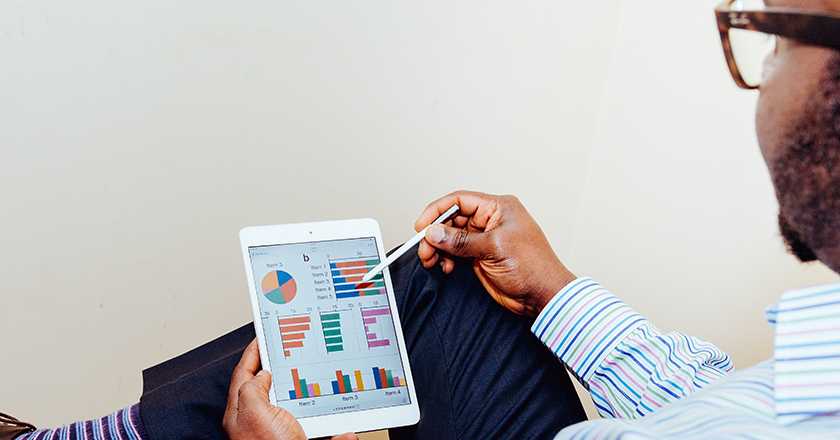When disaster strikes, areas of weakness in emergency management plans are revealed. Although it may be tempting to fill in the gaps and move on, this doesn’t help protect organizations and jurisdictions from the next disaster that comes their way.
After action reporting (AAR) takes a look at everything that went well and everything that needs work. It looks at the crisis holistically and determines what needs to be done to prevent certain lags in response for next time.
Technology can be an excellent tool for supporting after action reporting because it enables you to collect data as a crisis unfolds, and then aggregate it for review in the end. This can help ensure that your organization is ready the next time around.
FEMA Best Practices for AAR
The Government Accountability Office did a study of FEMA AAR grants and found that capability gaps exist in the following areas: prevention, protection, mitigation, response, and recovery. You can see how funds are distributed across these five areas in the following table.
â€

Based on their study, the GAO is recommending that FEMA do the following:
- Determine what steps are needed to address emergency management capability gaps, and communicate it to key stakeholders
- Prioritize completion of after-action reviews
- Track corrective actions
- Develop guidance on sharing findings externally
These recommendations can serve as best practices for how all organizations approach after action reporting. Creating a plan for how to address capability gaps and communicating this plan is essential to the health of any organization.
AAR should be prioritized because they provide the information that will expose capability gaps and help establish a plan. Tracking corrective actions allows an organization to know if their plan is working, and sharing findings instills confidence in an organization’s ability to rise out of a crisis and come back stronger.
So how does FEMA plan to fulfill all of these best practices when it comes to after action reporting? The main answer is through the implementation of a new methodology: rely on the collection and analysis of quantitative data.
Quantitative data provides cut and dry metrics over the course of a response so it’s easier to detect trends, gaps, and areas that need improvement. The key is having a system that allows you to collect and aggregate quantitative data and analyze it with ease.
Technology as an Aid in AAR
Collecting quantitative data is much easier in the end if you do it as a crisis unfolds instead of retroactively. Having a tool that allows you to collect data with ease through the use of electronic Forms and Workflows eliminates stacks of paper that you will have to sort through weeks or months down the line.
Electronic systems can also aggregate your data for you, displaying it in table or graph form and making it easy to detect trends or gaps.
A database that stores all conversations, shared documents (including pictures and videos), and quantitative data makes it easy to qualify for FEMA grants, justify your need for additional resources down the line, and takes steps to make worthwhile corrective actions.
AAR in the Age of COVID-19
Many emergency management plans were not equipped to deal with a crisis of this scope and magnitude of the COVID-19 pandemic.
However, many emergency managers have learned from COVID-19. It is crucial that they have complete AAR’s to help ensure this learning isn’t lost and that their jurisdiction or organization is ready for the future of pandemic response.
Without a complete after action report, it can be difficult to know exactly what changes need to be made to emergency management plans and to justify these changes. It can also be challenging to prove to FEMA or other government organizations that you need money or resources to help close capability gaps and ensure adequate resources in the future.
Preparing for the Future of After Action Reporting
Data is really at the heart of after action reporting. It allows you to objectively look at the past to make a plan about the future, and it’s transferable and relevant to outside eyes. Having a data collection tool you trust is essential to solid and complete after action reporting.
Following FEMA’s best practices, collecting quantitative data through a reportable method, and keeping an eye on the future of emergency management can help any organization succeed with after action reporting.








